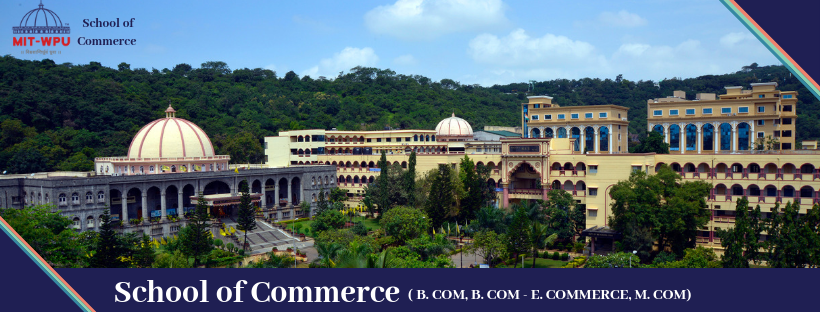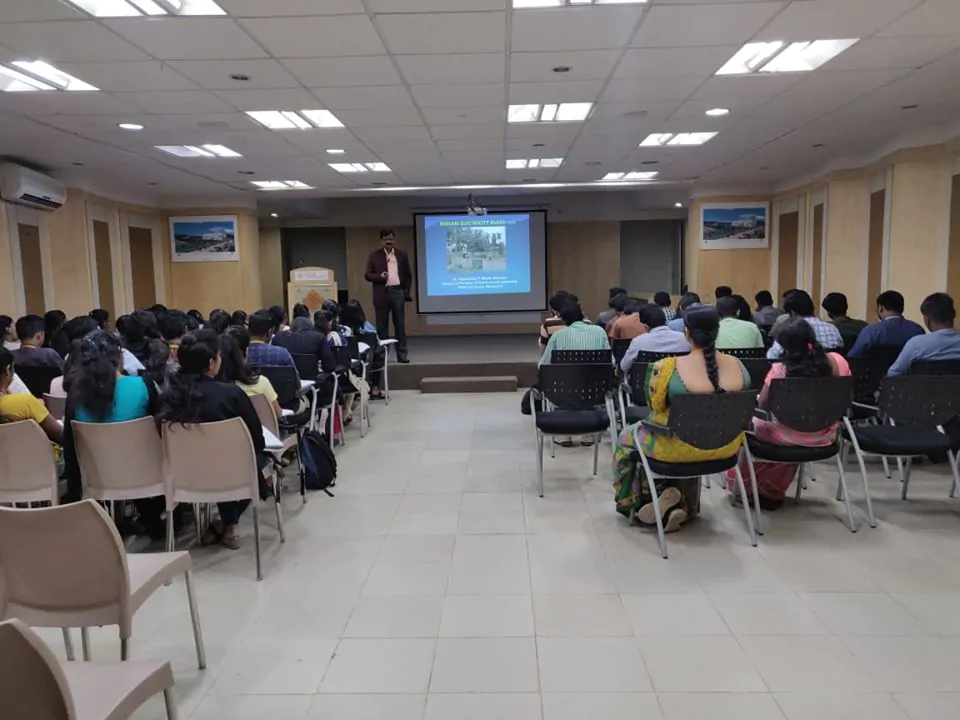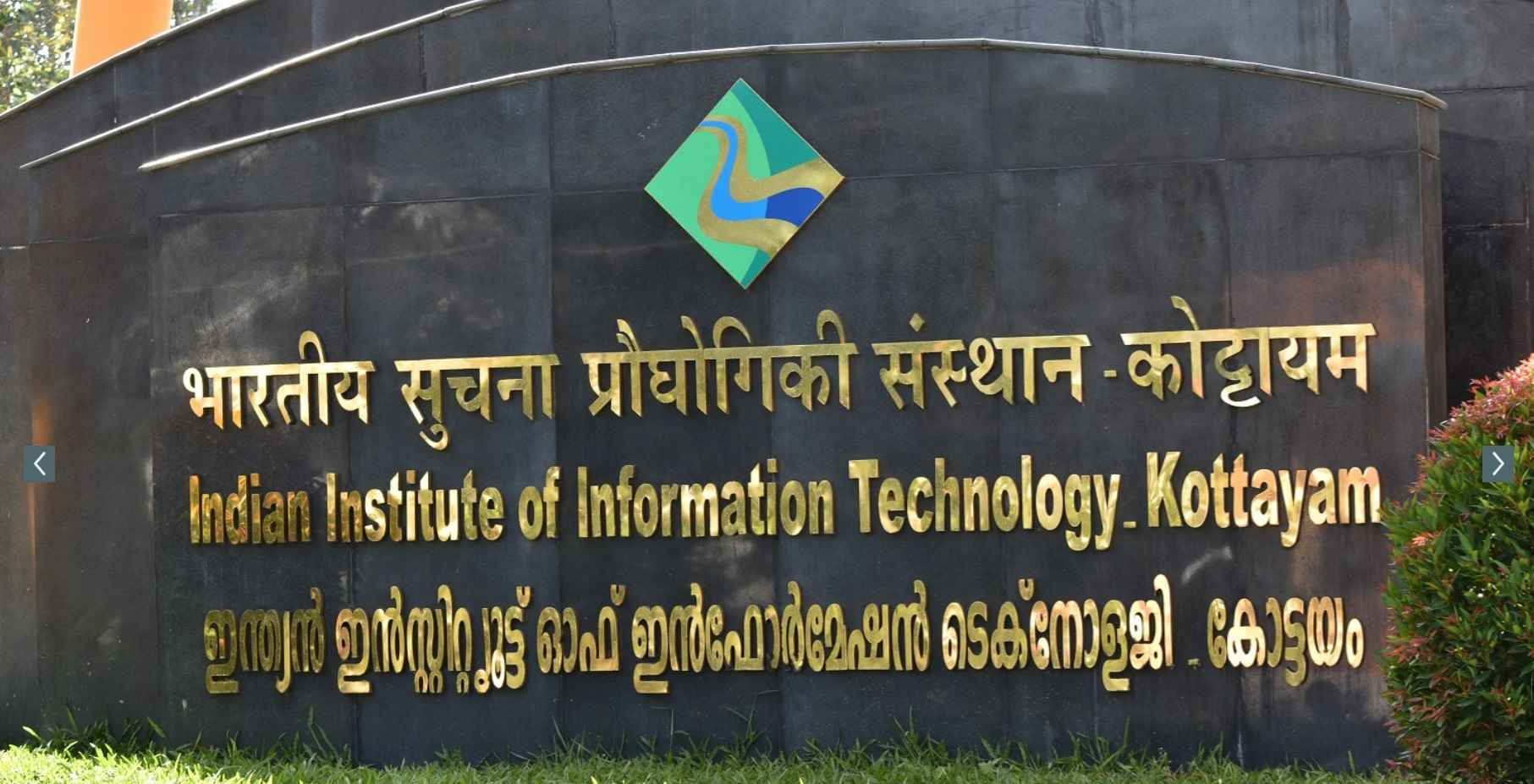Mumbai: Up to 10 million jobs might be taken over by artificial intelligence or robots during the course of next five years owing to extreme technological developments taking place globally, apex industry body ASSOCHAM said.
“The Union Government should integrate robotics as key components of its flagship ‘Make in India,’ programme for attracting global manufacturers to set up their highly efficient and automated supply chain facilities in the country,” suggested a recent ASSOCHAM study titled ‘Digital India to Robotic India.’
The current industrial revolution globally is unfolding disruptive technologies in the form of automation, robotics, 3D printing, artificial intelligence, genomics etc., and has started eating jobs in large number and in India alone million of jobs are at stake in the next five years.
The Chamber thus, in its study has underlined an ‘urgent need’ for fostering a partnership among government, industry and academia to equip people with the right skill sets.
“The proposed partnership will be able to identify emerging skill requirements and academia, especially from developed countries would need to assist in structuring courses and setting curricula,” said Mr D.S. Rawat, secretary general of ASSOCHAM while releasing the study at a press conference held in Lucknow today.
“The Centre should create a national policy perspective for automation consisting of top level experts, representative of business, government and labour as it will set down the roadmap and guidelines to make this transition as painless as possible while assuring the stakeholders that the benefits will be widely and equitably shared,” said Mr Rawat.
“This will at least sensitize the nation on the inevitability of robotics led automation in industry, manufacture, transport and distribution,” he added.
The coming of driverless cars and trains is one indication. The reduction in use of fuels through greater efficiency of fuel use (cars at 25-30 km/hr are already a reality as well as cars requiring least periodic attention) would need fewer petrol pumps and repair shops, for instance.
Allaying concerns about job displacement, the study said, “The sector automation and use of robotics need not be at the expense of labour, coexistence is possible; industry leaders must view the introduction of robots as a competitive advantage.”
What is needed is a joint effort by all to make automation and subsequent changes in job pattern and demand on intelligence, innovation and creative work as a great opportunity to open the floodgates of enabling every individual to build his/her future in a global prosperity environment.
“India need not fear the socio-economic churn of the coming Robotics Age but be prepared for welcoming it,” the study said.
Economic policies should assume that there will be accelerating movement from low wage-low skill workforce to high skill-high wage one that will endow larger spending potential to most people and that in turn will demand more leisure, more travel, more creative life styles with their attendant changes in most products and services.
“This will assume a high voltage dynamic of the economy powered by automation and robotics.”
All developing countries including China are rapidly moving to use of industrial and other robots and automation of many production and distribution processes while the middle income country South Korea has built its industry led prosperity with highest density of industrial robots.








